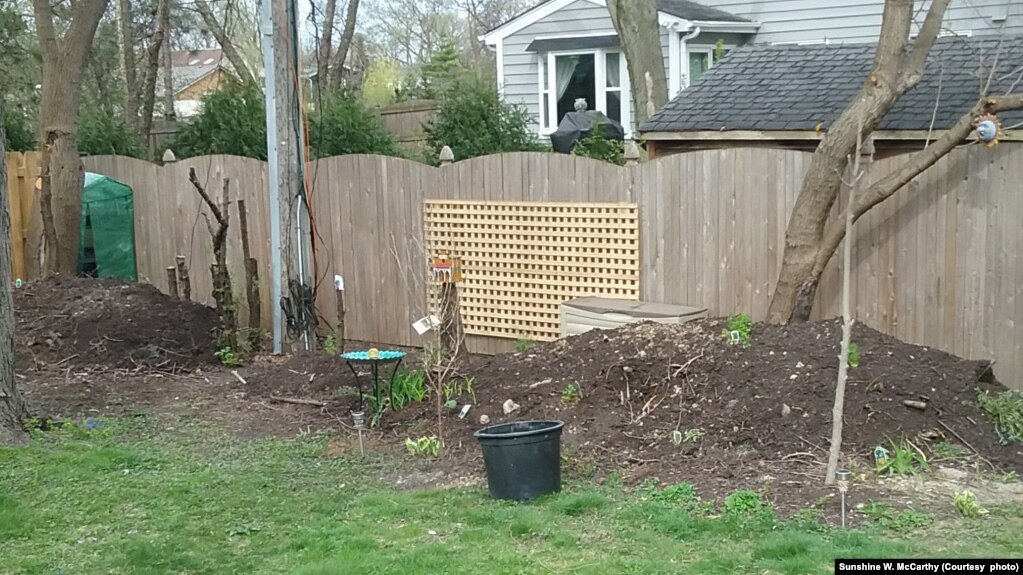
People without a lot of outdoor space sometimes grow a garden in containers such as raised beds. They refill the containers each year with several bags of nutrient-rich soil and compost that they purchase.
But there is another way to provide soil for small gardens. The method is called “Hugelkultur.” The idea is that nature should be left to do its own thing with as little human interference as possible.
Hugelkultur means “hill culture” in German.
The process involves letting large pieces of trees and plants decompose and turn into nutrient-rich soil, just as they would on a forest floor. The resulting soil is arguably better than anything that you can buy at a garden store.
Hugelkultur can be used in raised beds or in mounds directly on the ground.
Here is how it works:
Instead of filling deep raised beds with purchased soil and compost, fill them with yard waste. This reduces the amount of soil needed and increases nutrients and plant growth.
Start by building up about 40 percent of the depth of your container with a layer of old logs. The logs should from come hardwood trees like maple, oak, poplar or birch. Softwoods from evergreens are also acceptable but they decompose more quickly. Do not use wood from redwood trees or black locusts because they are decay-resistant. Wood from trees like the black walnut release matter that prevents growth and should be avoided, too.
Cover the logs with smaller pieces of wood, like fallen branches, twigs and sticks. These make up the next 10 percent of depth.
[“source=cnbc”]

